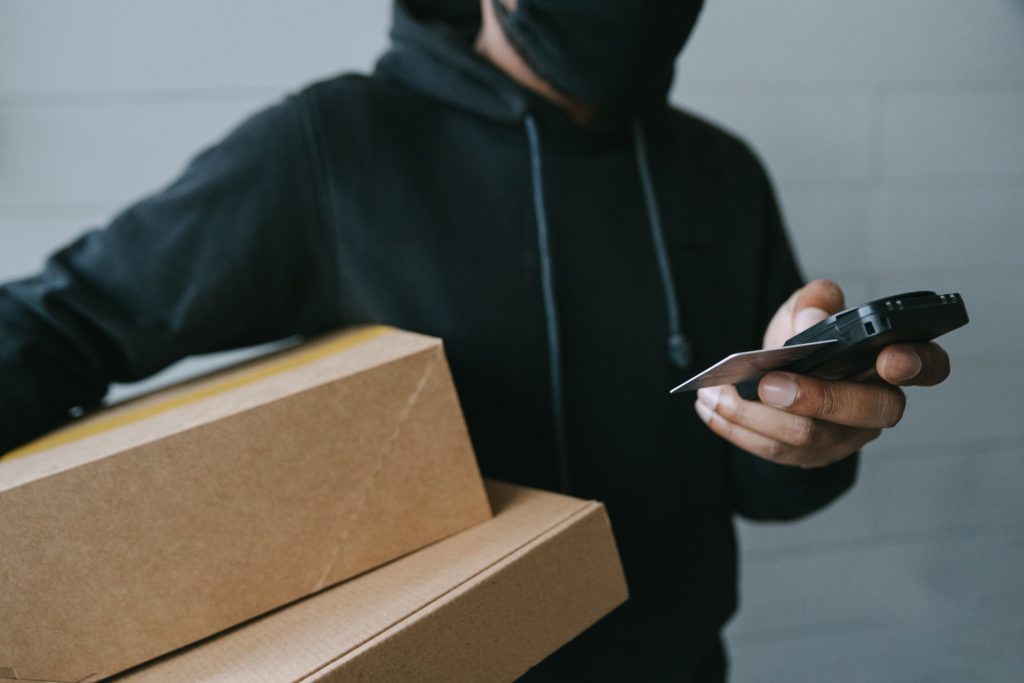
Cash has been a primary part of our commercial landscape for millennia. It’s no wonder that the concept of a cashless society can seem like an alien concept. Yet, mobile payment technology is an increasingly practical and efficient aspect of business operations. More companies are starting to recognize that our more digitally oriented society is making hard currency obsolete. Not to mention that COVID-19 has forced a shift in many industries due to the fact that exchanging cash presents virus transmission risks.
The government recently announced that the Philippines is ready to begin measures for a shift into a completely cashless society. But this doesn’t mean your company is quite at the point where you’re keen to make the change. Indeed, there are circumstances where it might not be right for you yet. So, how do you know whether it’s a good idea to make the switch to cashless?
We’re going to run through a few areas it can be helpful for you to consider before making any solid commitments.
Weigh Up the Pros and Cons
Your first step should be to gain a full understanding of the advantages and disadvantages of going cashless. As the trend for adopting this simpler approach to transactions has risen there have emerged some consistent outcomes. Some of the stand-out benefits include fewer cash-handling processing charges, reduced risk of physical theft, and even a more visible and manageable approach to accounting. However, these are often tempered by the presence of credit card fees and the potential to exclude less tech-savvy consumers. Take the time to look at your business model and list out all the pros and cons that going cashless can present.
It’s also important to go beyond your personal opinions on the matter. After all, these might be colored by your anxieties or biases. Do some research into the use of cashless methods in your industry and serving your demographic. It’s smart to reach out and talk to other entrepreneurs about their experiences going cashless too. You may find problem areas you hadn’t considered but also unexpected advantages.
Once you have this exhaustive list of pros and cons, you then need to use it effectively. This knowledge can help you to understand what you’re willing to be flexible on and what aspects are deal-breakers. If you decide to go cashless, this information can help you prepare for some of the hurdles. Should you forgo the shift on this occasion, it also provides you clarity on what has to change or improve for you to engage in the future.
Consider Security
Cybersecurity has to be a primary point of consideration in determining whether to go cashless. Cybercrime is on the rise in the Philippines with one report finding that phishing scams alone rose 200% between March and August of 2020. If all your transactions are to be performed online, this makes it imperative for you to gain an understanding of potential areas of vulnerability before you make any decisions to change.
Take the time to get to know the main risks. In brick-and-mortar stores, more consumers and businesses are starting to accept mobile payments. While many payment platforms have encryption, they are still vulnerable to network snooping — this is where cybercriminals steal information as it is transmitted via an unsecured network. Point of sale (PoS) systems can also be subject to viruses and ransomware schemes. If customer data your business is holding is breached, you may be subject to heavy fines that are being introduced by the National Privacy Commission (NPC).
Some form of risk is present in almost every area of business. Your decision to make changes can’t just be based on the presence of cybersecurity risks, but on your ability to minimize their potential for disruption. Put some serious research into the preventative measures you may be able to adopt. This might involve hiring a cybersecurity consultant to review your practices frequently. It can mean adopting a secure network your consumers can use while on the premises to prevent snooping. Look into the risks and then review whether you can financially and practically set up robust protocols.
Review the Potential Impact
Another point to consider is what type of impact going cashless is likely to have on your specific business. You need to ask yourself how your operations, goals, and relationships are going to be served in making the switch. This helps to solidify your motivation for either adopting or foregoing it for the time being.
Does going cashless boost efficiency, transaction speeds, and customer satisfaction? These are difficult to determine from experience alone but your business data can provide you with insights here. This is where business analytics comes into play. Rather than relying on guesswork, an analyst can use a range of processes and digital tools to translate your raw data into reports you can use to inform your decision-making.
When you collaborate with a business analytics consultant, they’ll identify the most relevant sources of data to address your needs. They’ll then set about performing protocols that may include diagnostic analytics illustrating the company’s performance. They may also use predictive analysis to show how cashless ops might impact your future activities.
Conclusion
There’s no ignoring the fact that we are edging closer to becoming a cashless society. You should explore the potential advantages and drawbacks of making the switch, and take a strict approach to security considerations. Don’t forget how your business data can be a powerful tool in guiding your decision-making. It’s important not to rush into anything. But at the same time, you may be missing opportunities for improvement by failing to at least consider making changes.
BusinessTips.ph is an online Business Ezine that provides free and useful articles, guide, news, tips, stories and inspirations on business, finance, entrepreneurship, management and leadership, online and offline marketing, law and taxation, and personal and professional development to Filipinos and all the business owners, entrepreneurs, managers, marketers, leaders, teachers and business students around the world.
Leave a Reply